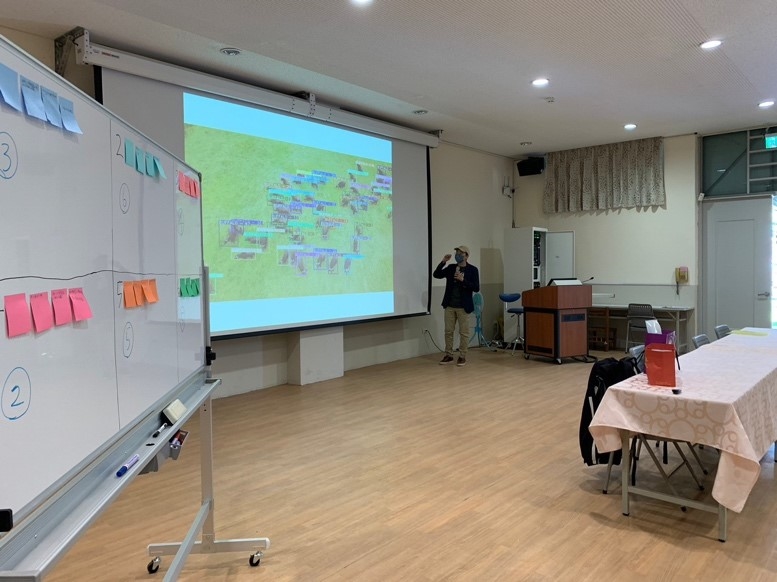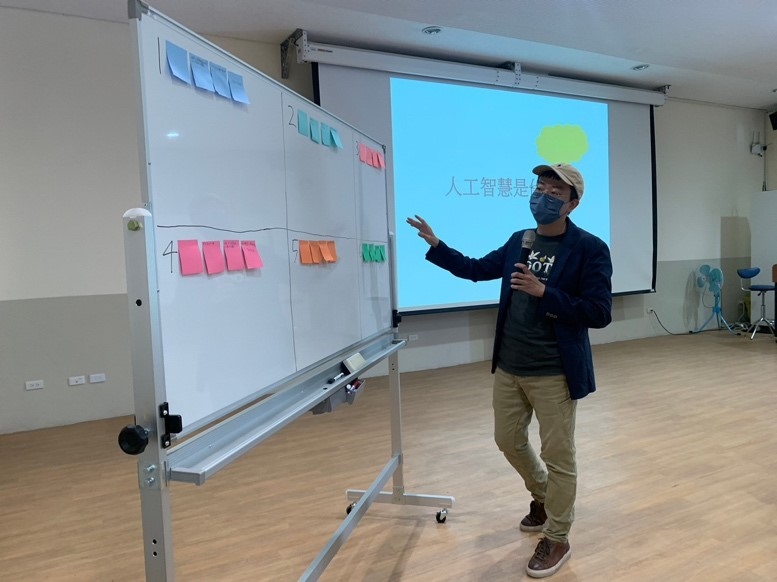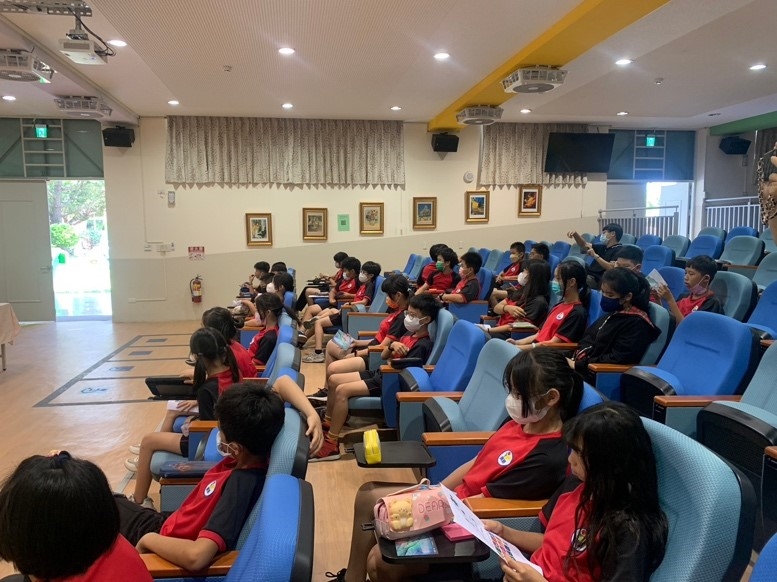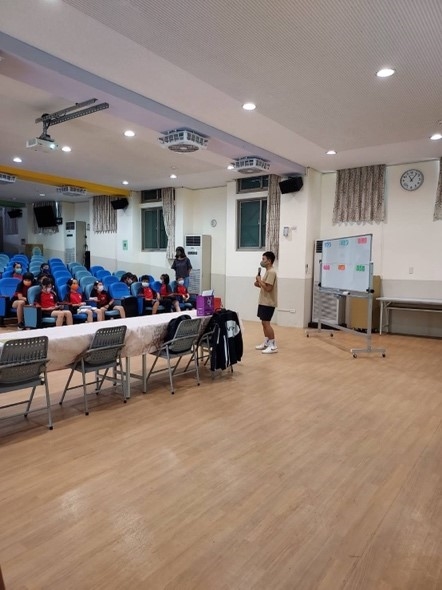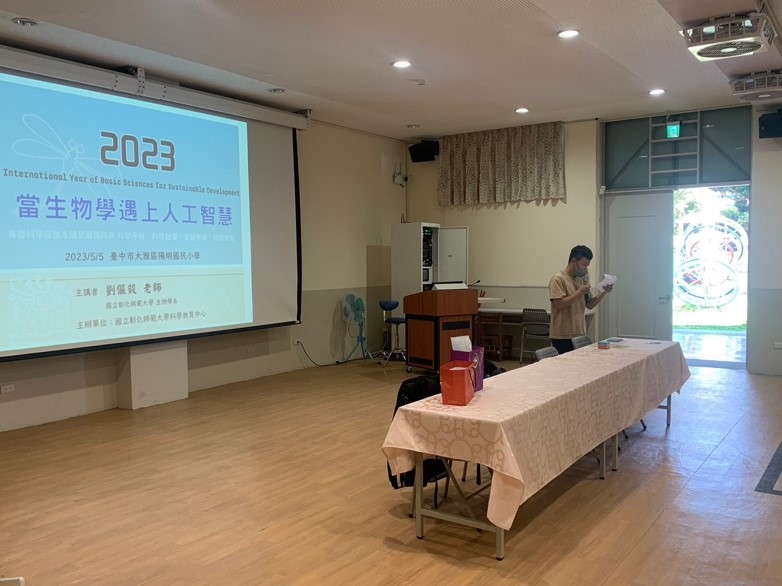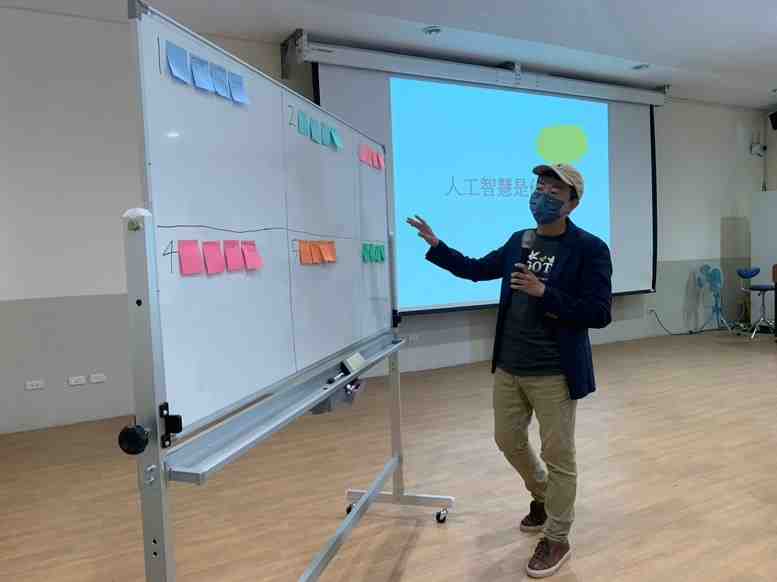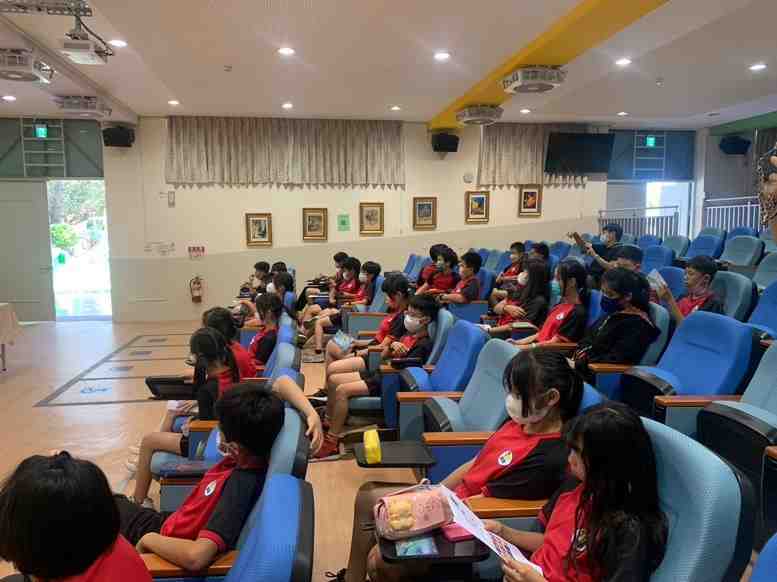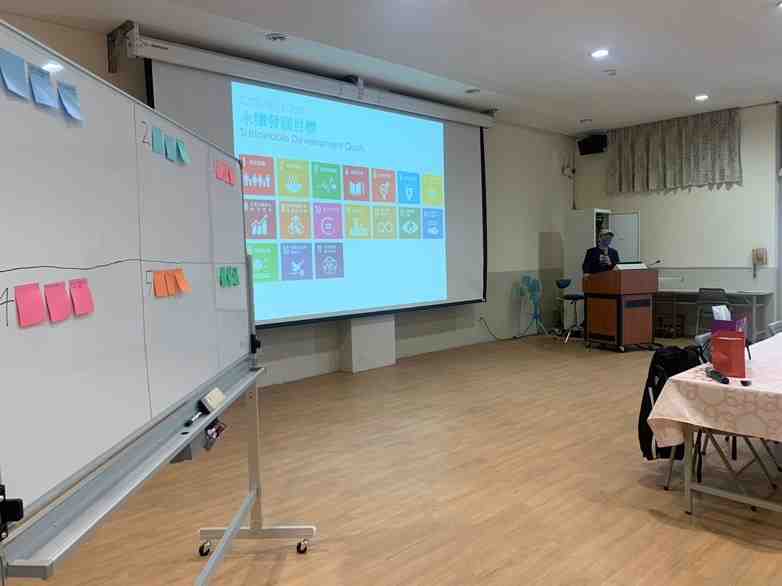When Biology Meets Artificial Intelligence
When Biology Meets Artificial Intelligence / This activity aims to connect biology, artificial intelligence, and environmental sustainability issues through the use of AI technology as a core component. Starting with an introduction to biology, which students are most interested in, the activity will further explore how the currently popular AI technology is applied in biological research. Finally, the activity will focus on environmental sustainability issues, allowing students to naturally cultivate an interest in environmental education and work towards implementing SDGs in their daily lives.
Activity Goals aligned with SDGs Projects



Goal
Science for All、Science Cultivation、Public Engagement
Type of event
Workshop/Symposium
100 scientist story
Organizer
Chung Hwa University of Medical Technology - Department of Optometry
Event Audience
Elementary school students.
Contact
Telephone Number
04-7232105#3013
cjying@cc.ncue.edu.tw
Result
At the same time, this activity will connect the issues such as biology, artificial intelligence, and environmental sustainability, and connect each issue with artificial intelligence technology as the core. Applying to biological research, ultimately guiding the environmental sustainable topic, allowing students to naturally plant the seeds of environmental education, so as to implement SDGS in life.In the event, we interact with classmates through full -range photos, so that students can visually feel the high contrast between the beautiful home and the environment after being destroyed, and lead the students to reflect on topics. In addition, we also let classmates understand the operating principles of artificial intelligence recognition through computer graffiti games, and introduce how the sound recognition is used in the research of ecology and environment. Finally, lead the students through three environmental issues: marine pollution, wastewater pollution, air, air, air, air Pollution, discuss group discussions, think about which SDGs these events are related to these events, and how to use artificial intelligence technology to solve. We use the KJ method throughout the whole process and use convenient stickers for brainstorming. Children have maintained highly enthusiastic participation in the 90 -minute curriculum activities. Thank you also for the mentor of the two classes for assisting in the course of the courses, the teaching team leader and the teaching director provided the required resources for the course, so that the activity can be successful and smooth.
Number of Participants30人
Featured events
Contact Us
- Tel: 02-7749-6818
- Email: iybssdtw@gmail.com
Adviser

自然科學及永續研究發展處
Organizer
國立臺灣師範大學科學教育研究所、自然科學及永續研究推展中心、國立成功大學材料科學及工程學系、台灣物理學會、中國化學會
Co-organizer
中央研究院永續科學中心、中原大學物理學系、中華民國數學會、行政院原子能委員會、財團法人國家實驗研究院國家高速網路與計算中心、財團法人國家衛生研究院、高雄市政府教育局、國立中央大學科學教育中心、國立中正大學科學教育中心、國立成功大學科學教育中心、國立自然科學博物館、國立東華大學科學教育中心、國立科學工藝博物館、國立海洋生物博物館、國立海洋科技博物館、國立高雄大學科學教育中心、國立高雄師範大學、國立清華大學跨領域科學教育中心、國立彰化師範大學、國立臺灣大學科學教育發展中心、國立臺灣科學教育館、國家衛生研究院、淡江大學科學教育中心、逢甲大學綠能科技暨生技產業發展研究中心、臺北市政府教育局、臺灣永續棧、臺灣海洋聯盟、臺灣港務股份有限公司

